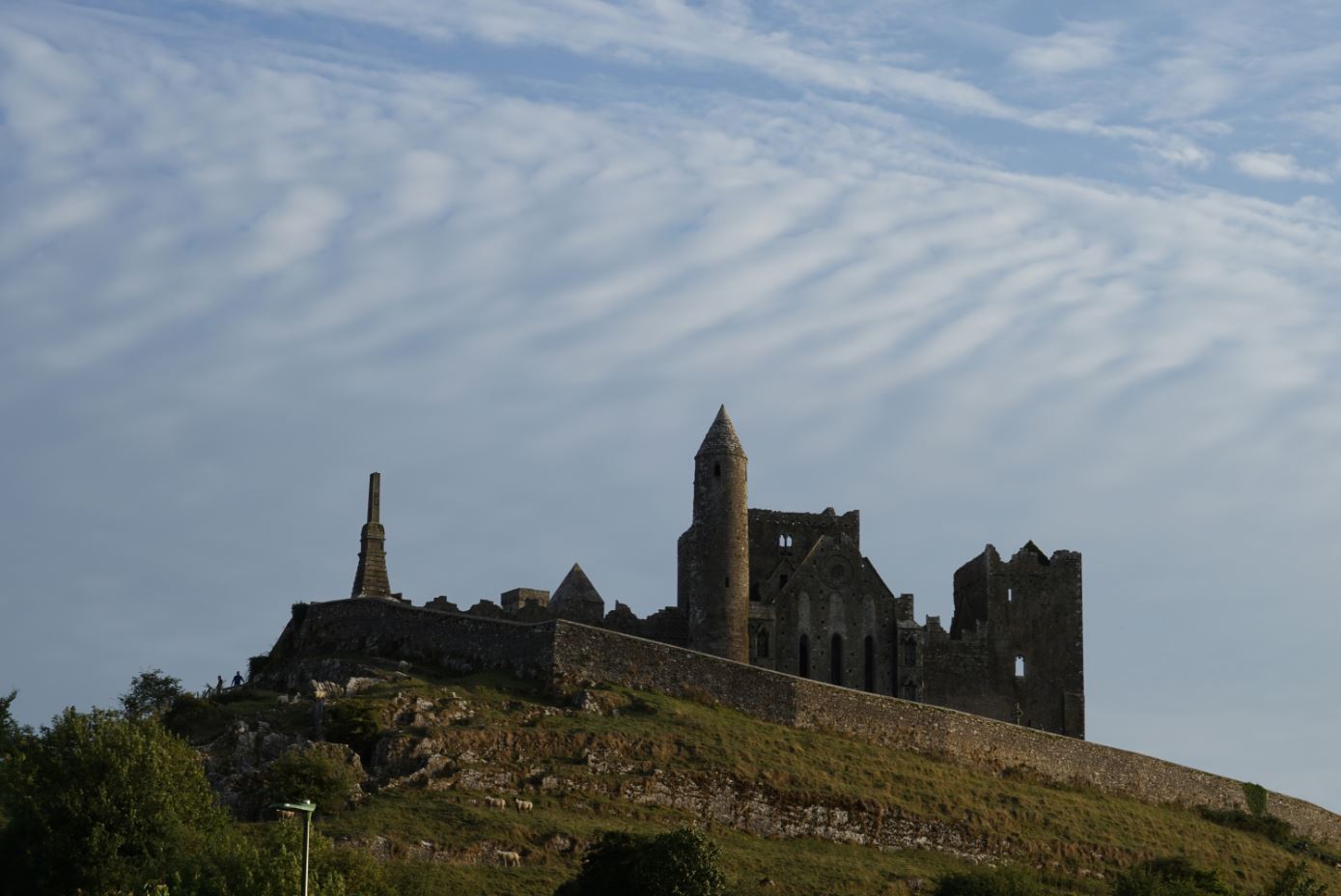1101 - the Synod of Cashel
In his youth, Muirchertach Ua Briain had been appointed by his father as king of Dublin. Here Muirchertach witnessed first-hand the attempts by Canterbury in England to gain a foothold into the Irish church. Initially Muirchertach appears to have been supportive. In 1096 he signed a letter, together with various Irish bishops, to Anselm, Archbishop of Canterbury, asking him to consecrate Samuel Ua hAingliu as bishop of Dublin, and to establish a new see at Waterford, whose first bishop, Máel Ísu, was also consecrated in Canterbury in December that year. Both men had trained in England. However, in Dublin, Bishop Samuel soon appears to have had notions above his station. He was later reprimanded by the Archbishop of Canterbury for having a processional cross carried in front of him in the manner of an archbishop. It is believed that Muirchertach and others saw Samuel’s behaviour as betraying the real ambitions of Dublin; to become the archiepiscopal centre of all-Ireland. There may also have been other political considerations at play. For centuries, Armagh had seen itself as the primary church of Ireland. Any attempts by Dublin to challenge Armagh at this time would have undermined Muirchertach’s political ambitions in Ulster and his continuing attempts to emulate his great-grandfather, Brian Bórama, and become high-king of all Ireland.
In order to regain control of the situation, Muirchertach convened a synod of church leaders at the Rock of Cashel in 1101. The assembly was presided over by the papal legate to Ireland, Mael-Muire Ua Dunain, Bishop of Clonard. The decisions at the Synod of Cashel resulted in quite minor decrees that attempted to define clear lines of distinction between the clergy and the laity, lines that had become blurred in previous centuries. However, it is generally agreed that this assembly set the wheels in motion for a reform of the Irish church that would be led from within the Irish church. As a gesture, Muirchertach presented the Rock of Cashel to the church ‘as an offering to St Patrick and to the Lord’.
That Muirchertach donated the Rock of Cashel to the church in the name of St Patrick is no coincidence. This was a deliberate attempt to compare the newly founded church at Cashel with the ancient ecclesiastical centre of Armagh, which claimed to have been founded in the 5th century by Patrick, the saint most-closely associated with the introduction of Christianity to Ireland. Armagh was arguably the most powerful church in Ireland and was the spiritual head of a network of Patrician churches throughout the country. It was also a deeply conservative church with an antiquated governance system of lay and clerical offices controlled by powerful families. This would need to change in the face of the reforms agreed at Cashel in 1101. The problem for the reformers was that Armagh had abstained from the synod. Remarkably, the man who led the diplomatic overtures to Armagh was not a church man, but Muirchertach Ua Briain, king of Munster. Like his great-grandfather, Brian Bórama, almost a century before him, Muirchertach visited Armagh in 1103 and presented eight ounces of gold to the church. This has been interpreted as an important diplomatic gesture that would result in Armagh taking a lead role in the reform of the Irish church.
This finally came to fruition in 1111, when another important synod took place at Rath Bressail near Cashel. It was convened by Muirchertach’s ally, Gille Espaic, who been consecrated around 1106 as the first bishop of Limerick and was now the papal legate to Ireland. He was also well-acquainted with Anselm, Archbishop of Canterbury, the two men having first met some years previously at Rouen, in France. At Rath Bressail, the first plans were drawn up for a diocesan hierarchy of the Irish church. There would be two metropolitan sees, one in the northern half of Ireland at Armagh, and one in the south at Cashel, and each would have twelve suffragan bishops. The new church at Cashel, only established by Muirchertach ten years previously, had risen to become the most important church in Munster. Its first Archbishop was Máel Ísu, the first bishop of Waterford, who had been elected there in 1096 with the support of Muirchertach. Not only was Dublin left out of the synod, it was subsumed within an enlarged diocese of Glendalough in the Wicklow mountains. There is no doubt that this was done to undermine Dublin and especially its links with Canterbury. This was a momentous event in the history of the Irish church; of the twenty-four newly created dioceses, seventeen of these survive to the present day.


